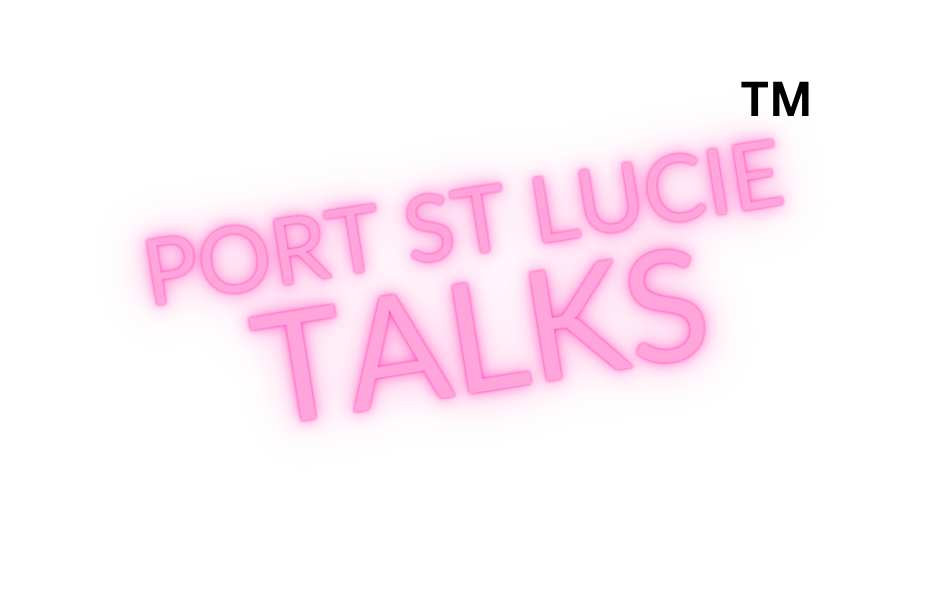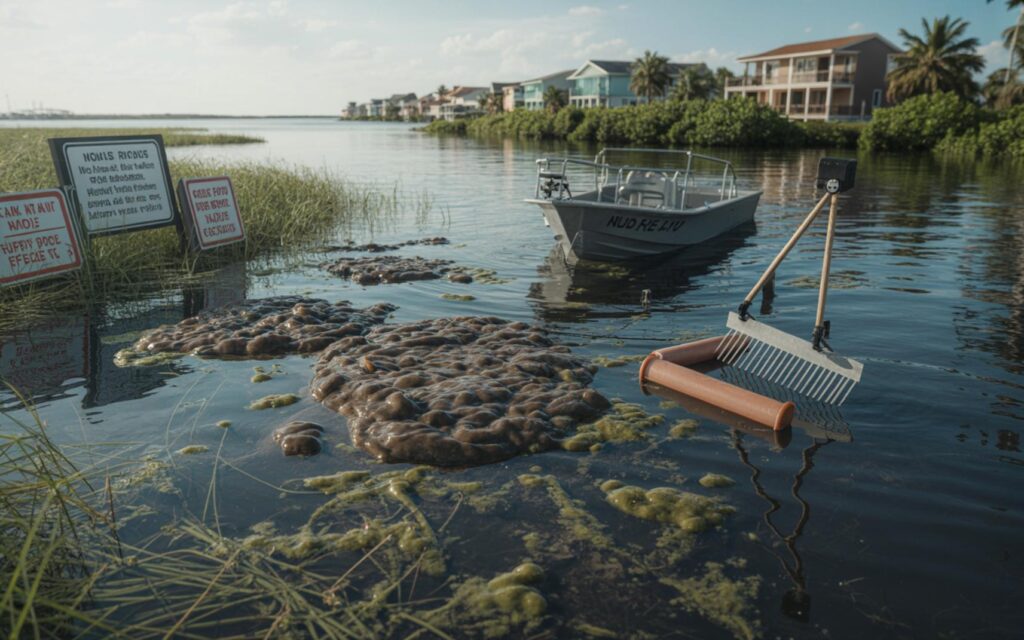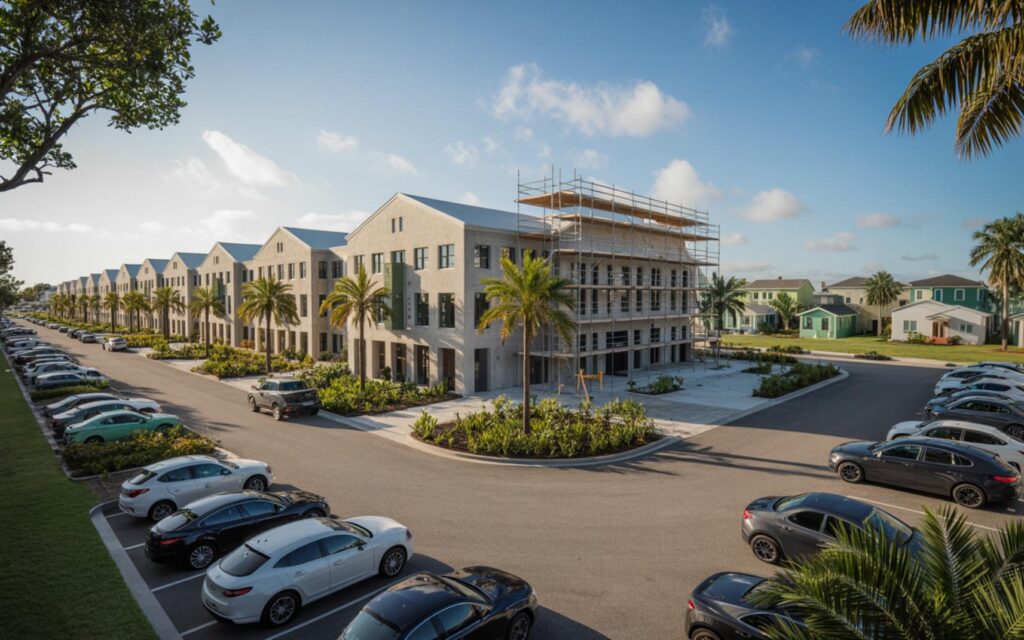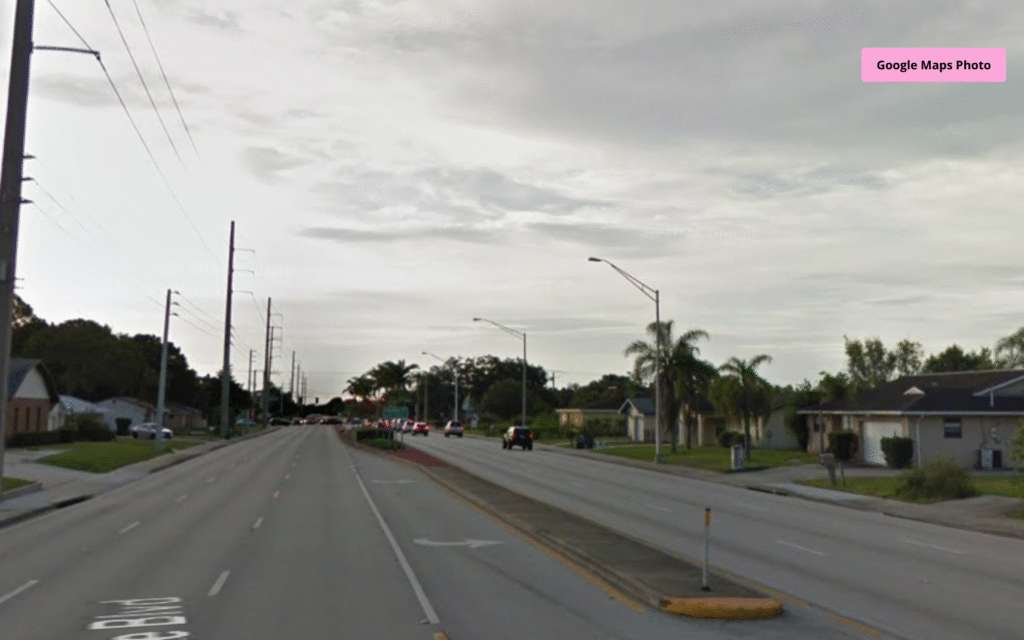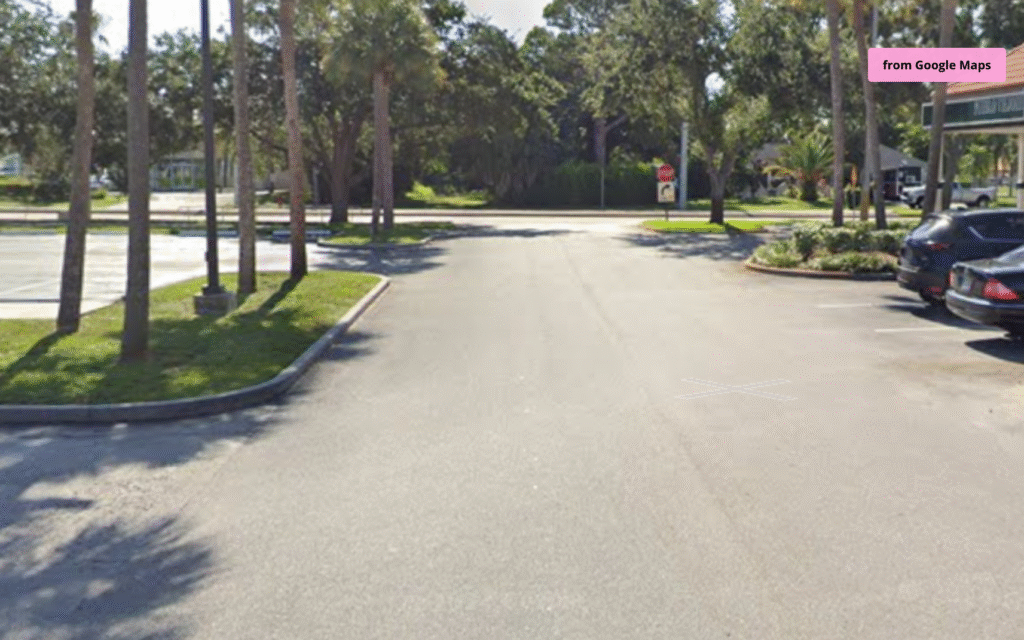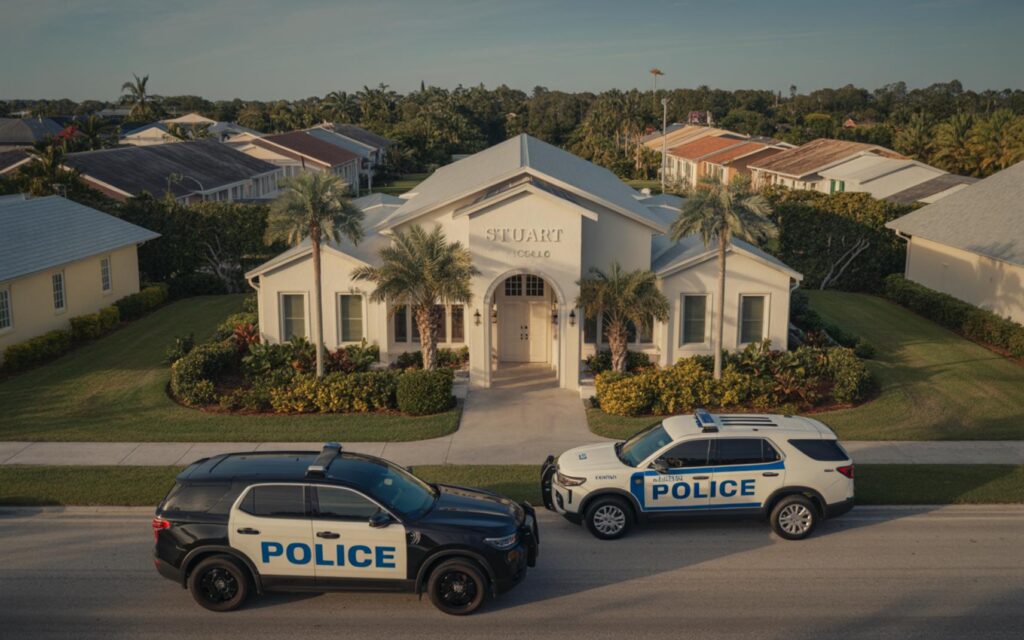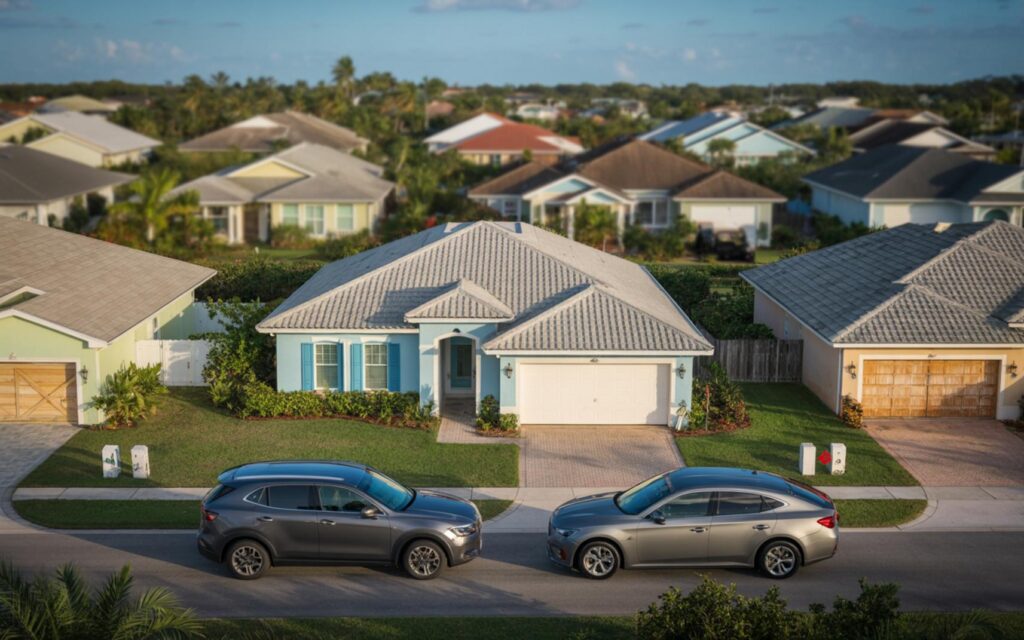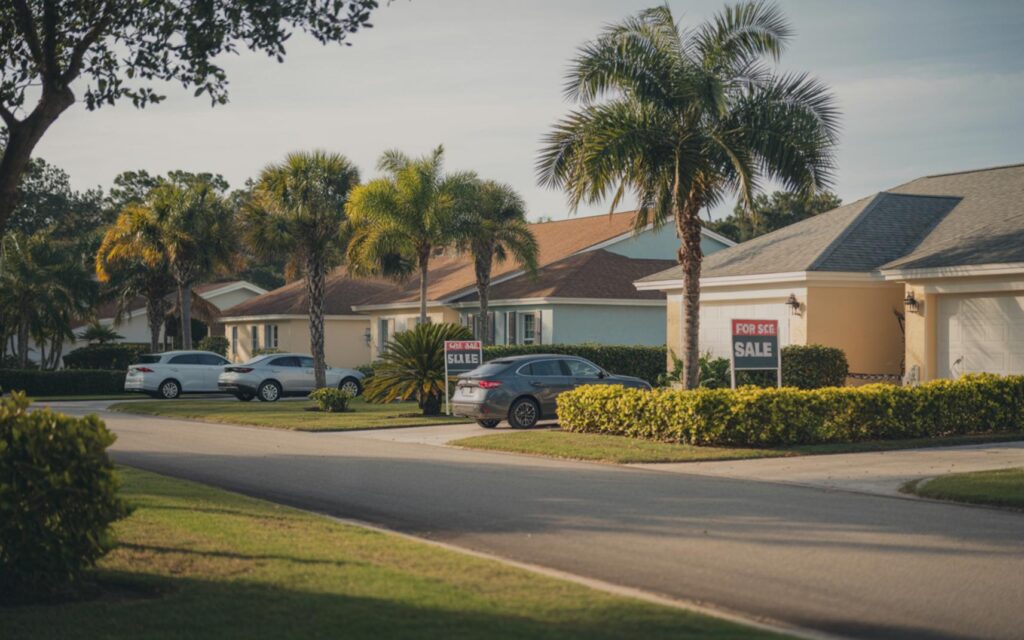The Indian River Lagoon blue-green algae crisis has caused severe ecological damage along Florida’s east coast. Since 2011, repeated harmful algal blooms have led to dramatic losses in seagrass and fish populations, with ongoing risks to wildlife and public health.
Indian River Lagoon Blue-Green Algae: Key Facts and Recent Trends
The Indian River Lagoon (IRL) is a shallow estuary stretching along Florida’s Atlantic coast. It has experienced frequent outbreaks of blue-green algae (cyanobacteria) since at least 2011, according to official monitoring agencies. These harmful algal blooms (HABs) have blocked sunlight, destroyed seagrass beds, and disrupted the lagoon’s ecosystem.
Over 90% of seagrass biomass in the lagoon has disappeared since 2011. Fish populations, including seatrout, have declined by up to 95% compared to historic levels. In 2021, the loss of seagrass triggered an Unusual Mortality Event among manatees, as reported by state and federal wildlife agencies. This event was directly linked to food scarcity caused by the collapse of seagrass beds.
While some areas, such as Mosquito Lagoon in the north, showed improvement in 2024 with lower concentrations of harmful algae and increased seagrass, central and southern regions of the lagoon remain severely affected.
Understanding Blue-Green Algae in the Indian River Lagoon
Blue-green algae are microscopic organisms that thrive in warm, nutrient-rich, and still waters. The IRL’s shallow depth and limited water flushing make it especially vulnerable to prolonged algal blooms, according to environmental agencies.
Nutrient pollution is the primary cause of these blooms. Excess nitrogen and phosphorus enter the lagoon from sources such as:
- Sewage discharges
- Leaking septic systems
- Fertilizer runoff from lawns and agriculture
- Stormwater runoff after heavy rains
When nutrient levels rise, blue-green algae multiply rapidly. These blooms block sunlight, killing seagrass beds that serve as essential habitat for fish, manatees, and other wildlife. As the algae die and decompose, they also deplete oxygen in the water, leading to fish kills and further ecosystem decline.
Recent Developments: 2024 Lagoon Conditions and Ongoing Challenges
According to official monitoring data, the overall health of the lagoon showed some improvement in 2024. Fewer harmful algal blooms were reported in certain sub-basins, and some seagrass recovery was observed, especially in northern areas like Mosquito Lagoon.
However, central and southern parts of the Indian River Lagoon continue to face severe challenges. Seagrass remains scarce, and water quality issues persist due to ongoing nutrient pollution and limited tidal flushing. Agencies report that blue-green algae blooms can still occur unpredictably, and not all blooms are visibly toxic.
Restoration efforts are ongoing, including:
- Nutrient reduction initiatives targeting fertilizer and wastewater sources
- Seagrass mapping and monitoring
- Pilot projects to restore seagrass beds and filter-feeding organisms
Agencies continue to monitor for blue-green algae and their toxins, as public health risks remain a concern.
Ecological and Economic Impacts of Blue-Green Algae
The loss of seagrass and fish has disrupted the entire lagoon food web. According to wildlife agencies, iconic species such as manatees and sea turtles are at risk due to habitat loss and reduced food supplies.
Blue-green algae can produce toxins that are harmful to humans, pets, and wildlife. Exposure can cause skin, eye, and respiratory irritation, and ingestion of contaminated water can be dangerous. Sensitive populations—including children, the elderly, and those with weakened immune systems—face higher risks.
The lagoon’s health is closely tied to local economies and tourism. Water quality issues can affect recreational activities, property values, and the well-being of coastal communities.
Expert Perspectives on Indian River Lagoon Restoration
Environmental experts and agencies agree that reducing nutrient pollution is essential for controlling blue-green algae and restoring the lagoon’s health. Restoration of seagrass beds and filter-feeding organisms is considered critical for long-term recovery.
Officials recognize that reversing decades of nutrient buildup and ecosystem decline will require sustained, coordinated action. While some improvement is possible, the system remains fragile and vulnerable to weather events, climate change, and ongoing pollution.
Monitoring and restoration projects continue, but progress is gradual due to the lagoon’s sensitivity and the scale of the challenges involved.
Public Health and Safety: Blue-Green Algae Advisories
Blue-green algae blooms may not always be visibly toxic, and there are no reliable visual cues to determine when toxins are present. Public health advisories recommend avoiding contact with affected waters, especially for sensitive groups.
Agencies urge residents and visitors to follow posted warnings and avoid swimming, fishing, or boating in areas where blue-green algae are present. Pets should also be kept away from contaminated water.
Details may be updated as investigation and monitoring continue. For the latest advisories and water quality updates, residents are encouraged to consult official sources such as the Florida Department of Environmental Protection and the Florida Fish and Wildlife Conservation Commission.
Frequently Asked Questions About Indian River Lagoon Blue-Green Algae
What is blue-green algae in the Indian River Lagoon?
Blue-green algae, or cyanobacteria, are microscopic organisms that can multiply rapidly in warm, nutrient-rich waters. In the Indian River Lagoon, these algae form harmful blooms that block sunlight and harm the ecosystem.
How much seagrass has the Indian River Lagoon lost?
Since 2011, over 90% of seagrass biomass in the Indian River Lagoon has been lost. This decline is mainly due to light-blocking algal blooms and poor water quality.
Are blue-green algae blooms in the lagoon dangerous to people and pets?
Yes, blue-green algae can produce toxins that are harmful to humans, pets, and wildlife. Exposure can cause skin, eye, and breathing problems, and swallowing contaminated water can be dangerous.
Can you tell if blue-green algae are toxic just by looking?
No, there are no reliable visual signs to know when blue-green algae are producing toxins. Health officials advise avoiding all contact with water that has visible algae blooms.
Where are blue-green algae blooms most common in the Indian River Lagoon?
Blue-green algae blooms can occur throughout the Indian River Lagoon, but central and southern regions are currently more affected. Northern areas like Mosquito Lagoon have shown some improvement in recent years.
